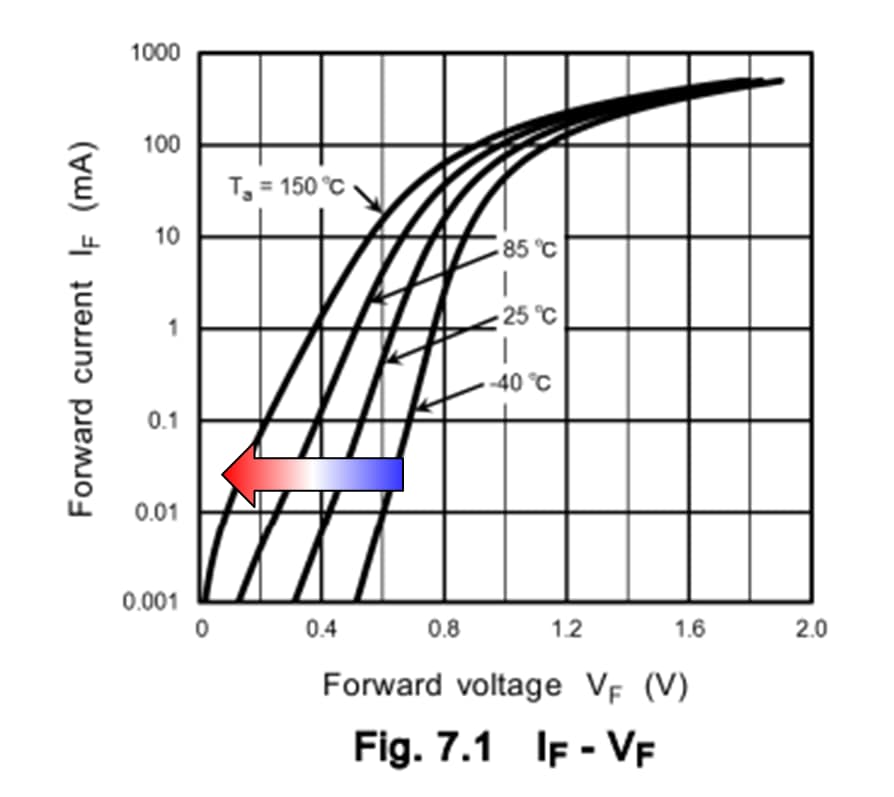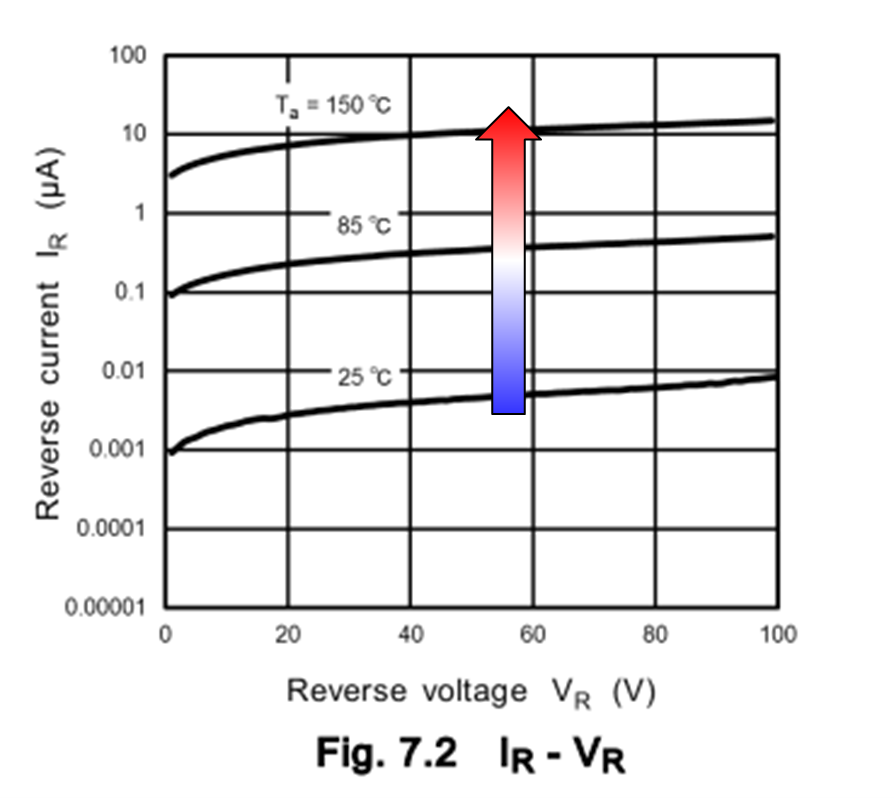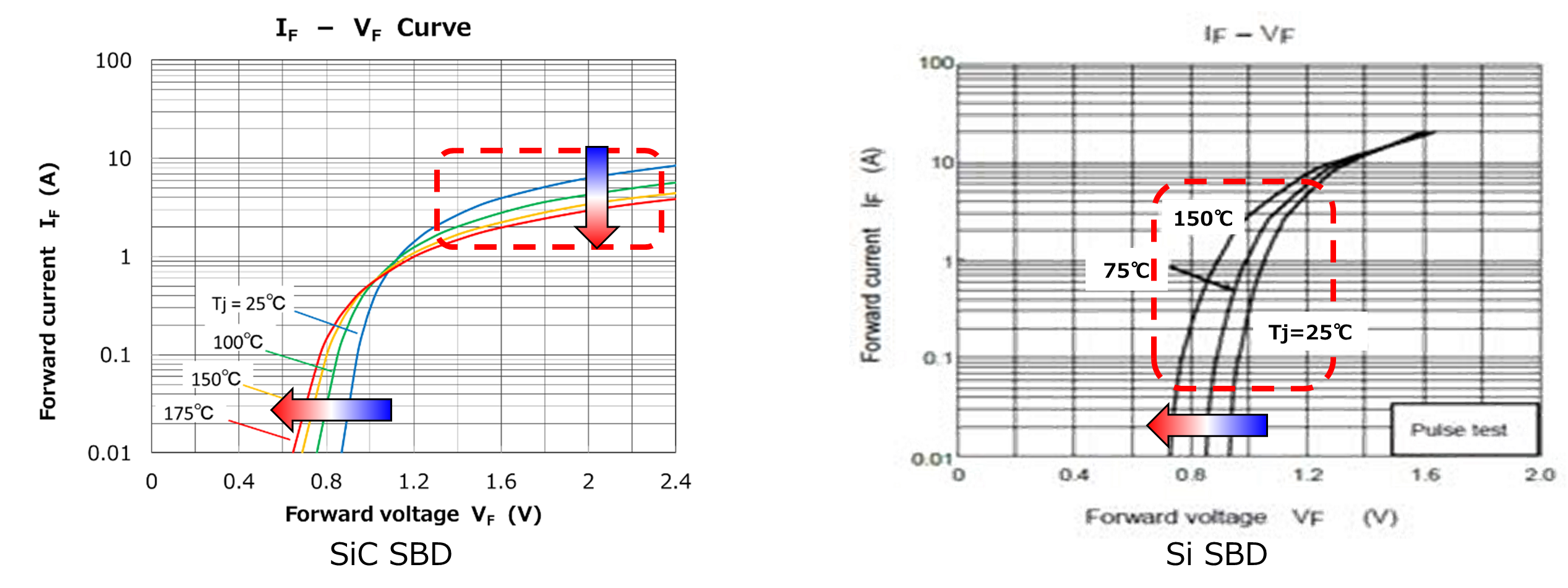- General Top
- SEMICONDUCTOR
- STORAGE
- COMPANY
-
My ToshibaSemicon
- Semiconductor Top
-
ApplicationsAutomotive
Body Electronics
xEV
In-Vehicle Infotainment
Advanced Driver-Assistance Systems (ADAS)
Chassis
IndustrialInfrastructure
BEMS/HEMS
Factory Automation
Commercial Equipment
Consumer/PersonalIoT Equipment
Healthcare
Wearable Device
Mobile
Computer Peripherals
-
ProductsAutomotive Devices
Discrete Semiconductor
Diodes
Transistors
Logic ICs
Analog Devices
Digital Devices
Wireless Devices
※
: Products list (parametric search)
Power SemiconductorsSiC Power Devices
※
: Products list (parametric search)
Isolators/Solid State RelaysPhotocouplers
Digital Isolators
Solid State Relays
Fiber Optic Transmitting Modules
※
: Products list (parametric search)
MOSFETsIGBTs/IEGTsBipolar Transistors※
: Products list (parametric search)
Diodes※
: Products list (parametric search)
MicrocontrollersMotor Driver ICsIntelligent Power ICs※
: Products list (parametric search)
Power Management ICsLinear ICs※
: Products list (parametric search)
General Purpose Logic ICsLinear Image SensorsOther Product ICsOther Product ICs
※
: Products list (parametric search)
-
Design & Development
-
Knowledge
- Where To Buy
- Part Number & Keyword Search
- Cross Reference Search
- Parametric Search
- Stock Check & Purchase
This webpage doesn't work with Internet Explorer. Please use the latest version of Google Chrome, Microsoft Edge, Mozilla Firefox or Safari.
require 3 characters or more. Search for multiple part numbers fromhere.
The information presented in this cross reference is based on TOSHIBA's selection criteria and should be treated as a suggestion only. Please carefully review the latest versions of all relevant information on the TOSHIBA products, including without limitation data sheets and validate all operating parameters of the TOSHIBA products to ensure that the suggested TOSHIBA products are truly compatible with your design and application.Please note that this cross reference is based on TOSHIBA's estimate of compatibility with other manufacturers' products, based on other manufacturers' published data, at the time the data was collected.TOSHIBA is not responsible for any incorrect or incomplete information. Information is subject to change at any time without notice.
require 3 characters or more.
How does heat change the characteristics of a diode? (Temperature Characteristic)
The forward voltage, VF, of a switching diode lowers as temperature rises. The reverse leakage current, IR, increases as temperature rises.
The electrical characteristics of semiconductor devices are generally sensitive to ambient and operating junction temperatures. The characteristics of Si diodes generally change as follows in the operating range.
- The forward voltage, VF, of a switching diode lowers as temperature rises.
- The reverse leakage current, IR, increases as temperature rises.


This is true of diodes mainly for the following reasons:
- Change in resistance: Heat intensifies the lattice vibrations of atoms, hindering the diffusion of electrons.
- Change in the number of conduction electrons: Heat increases the energy of donor electrons, making it easier to excite them into conductors.
Because of a strong bond, silicon carbide (SiC), a wide-bandgap semiconductor, is affected more greatly by lattice vibration than silicon. And donor electrons are less likely to be excited in SiC than in silicon owing to a wide bandgap. Therefore, silicon and SiC diodes have different temperature characteristics in the current range in which they are normally used.
The following shows the IF–VF curves of silicon and SiC Schottky barrier diodes (SiC SBDs).
In the case of silicon SBDs, forward voltage (VF) decreases as temperature increases. Conversely, in the case of SiC SBDs, VF increases as temperature increases. At higher IF, the forward voltage (VF) of both silicon and SiC SBDs increases as temperature increases.

I explained the Schottky barrier diode as an example, but as shown in Fig. 1, pn junction diodes show the same tendency. Because of the temperature characteristics described above, silicon diodes are more susceptible to thermal runaway than SiC diodes.
In circuit design, it is necessary to take temperature dependence of electrical characteristics into consideration.
Related Links
For products, please refer to the following links.





